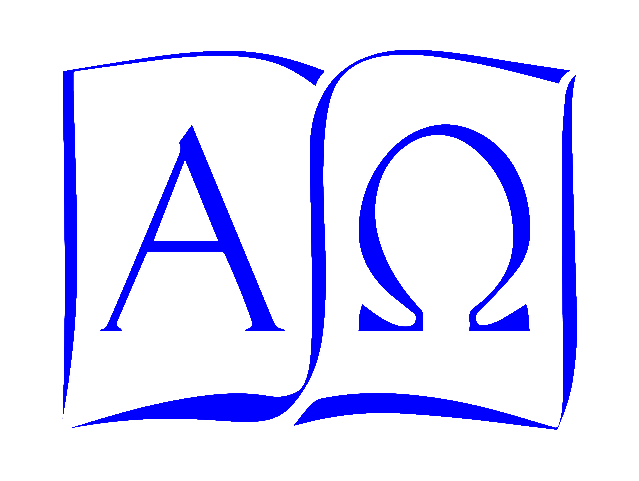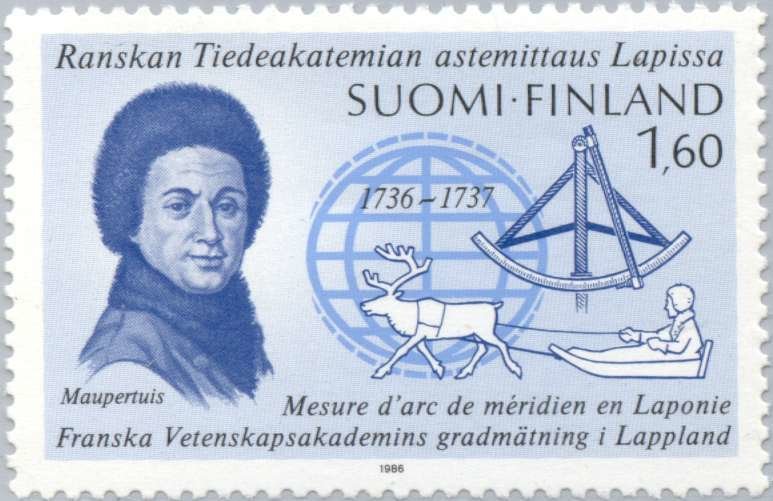Anders Celsius shows up on today’s list of events, although it is neither the anniversary of his birth nor death, but of an event where he played a minor but crucial role.
You may know the Celsius temperature scale from chemistry or biology, which portioned out 100 degrees between zero at water’s boiling point and one hundred at its freezing point. It was Carl Linnaeus, famous for his biological binomial nomenclature scheme, who flipped Celsius’ original scale into the form we now use.
During his lifetime, however, Celsius was better known as the Swedish astronomer who determined accurately the distance between Earth and the sun. He theorized also that there must be a connection between the Earth’s magnetic field and the appearance of the aurora borealis, based on observations of his compass needle’s changing direction during a display of the Northern Lights.
In 1736, he participated in an expedition organized by the French Academy of Sciences mathematician Pierre Maupertuis. Their goal: to measure the length of one degree of latitude along the arc of the meridian in Lapland. Celsius took his measurements on December 3, 1736. The members of the expedition then compared their data and calculations to the measurements made by a similar expedition sent to Peru, which measured the degree length near the equator. The results were considered conclusive by the teams. As Isaac Newton had predicted, the Earth was not a sphere, but an ellipsoid: the distance around its equator was greater than the distance of a circle circumscribed through the poles.
When Copernicus proposed his heliocentric planetary system in the sixteenth century, the Earth was still considered the perfect sphere envisioned by the Greeks from Pythagoras to Aristotle and Plato, with minor surface variations, of course, but nonetheless, a sphere. It was, after all, the “perfect” shape, and the Creator, whether Pythagoras’ Nature or Aristotle’s Demiurge or St. Thomas’s Christian God, would make the world using the most perfect shape.
But in the two centuries between the publication of Copernicus’ planetary model in the De Revolutionibus and Celsius’ trip to Lapland, the construction of natural philosophy theories from metaphysical principles had given way to a more empirical emphasis on observation and theories formulated from data. One could no longer justify claims about the Earth’s shape based on philosophical ideals: what one needed was observational evidence. The Copernican theory explained daily motion of the skies as the result of Earth’s rotation, and from the principles of Newton’s physics, the centrifugal force of rotation reduces the apparent gravitational pull of matter at the equator, compared to matter at the poles. (For the mathematical explanation and discussion, see here ). The radius from the center of Earth to the equator should be larger than the radius from the center of Earth to either pole. The French expeditions found what they expected to find.
There’s a problem here: there was no direct observational evidence that the Earth rotated on its axis in 1736. That observation would eventually be supplied in 1851 when Foucault built his pendulum in the Pantheon in Paris, so that people could observe the Earth turning beneath it.
This raises questions on the nature of scientific theories and methods. Can Celsius and his contemporaries really claim to understand why the Earth is ellipsoid (as their data indisputably showed), if their chain of reasoning is based on an assumption that the Earth rotates, a condition for which they have no direct observational evidence of the sort they claim as fundamental to their methods? Or could they claim the Earth’s shape as evidence for the rotation they cannot observe directiy? I have not found any evidence that their conclusions were used to support claims for the Earth’s rotation: instead, the scientists of Celsius’ day simply accepted Copernicus’ claim.

